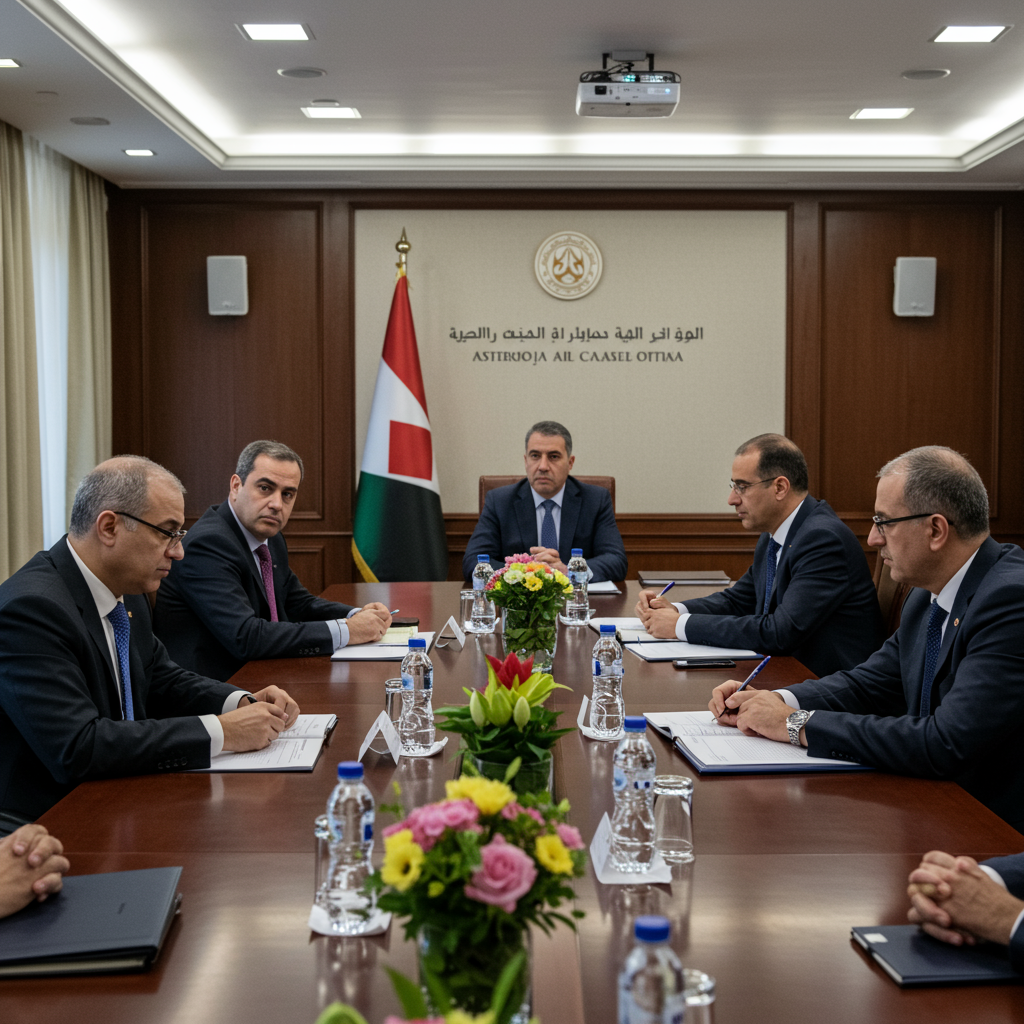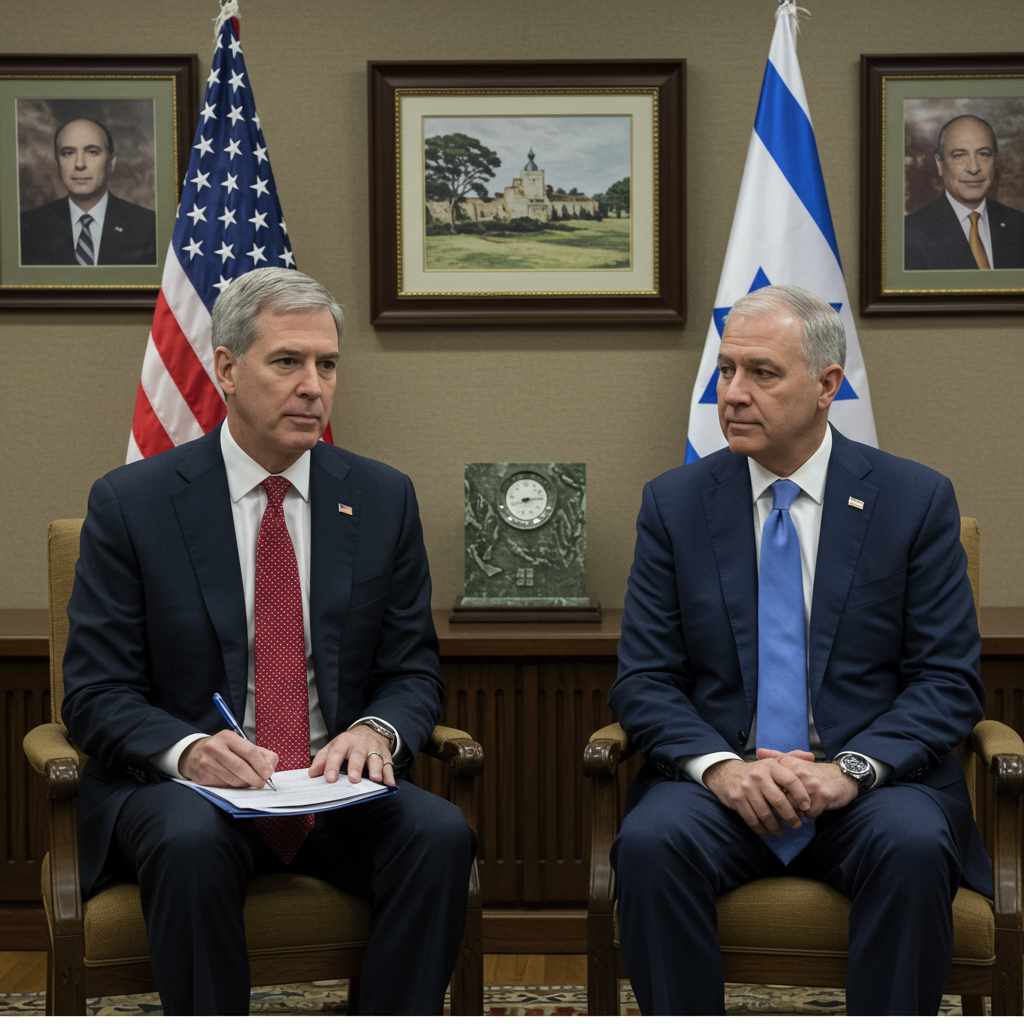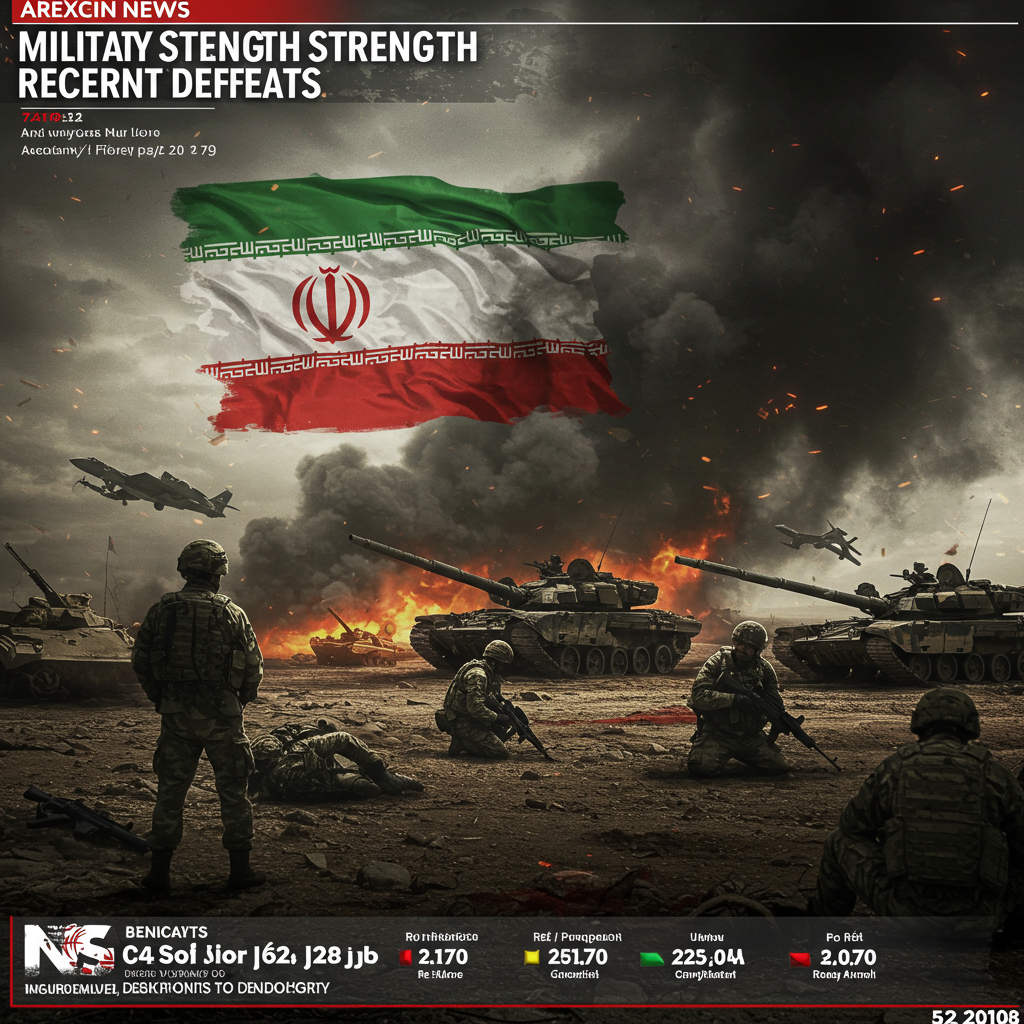Intensive indirect negotiations aimed at brokering a ceasefire between Israel and hamas are set to resume in Doha, Qatar, this Sunday, July 6, 2025. This renewed diplomatic push unfolds against a grim backdrop of continued and deadly Israeli military operations impacting the Gaza Strip. Hopes for a pause in hostilities are high, yet previous rounds of talks have faltered, highlighting the deep divisions and complex demands of both sides. Mediators from Qatar, Egypt, and the United States are working to bridge these gaps and secure an agreement that could potentially halt the nearly two-year-long conflict.
This latest attempt comes as families of hostages held by Hamas continue to press for their release and the humanitarian situation inside Gaza deteriorates further. The international community watches closely, understanding that reaching a sustainable truce is critical not only to ending the violence but also to facilitating essential aid deliveries to the besieged population.
Violence Persists Amidst Diplomatic Efforts
Even as negotiators prepared to gather in Doha, reports from the ground painted a stark picture of ongoing conflict. Hospital officials on Sunday reported that Israeli airstrikes tragically killed at least 38 Palestinians across Gaza. These latest casualties underscore the severe human cost of the fighting, which continues despite the diplomatic efforts underway.
Specific incidents reported include strikes that hit two residential homes in Gaza City, resulting in the deaths of 20 people and leaving 25 wounded, according to the director of Shifa Hospital. In the southern coastal area of Muwasi, a location where many displaced Palestinians are sheltering in tents, strikes killed 18 people. Officials at Nasser Hospital in nearby Khan Younis confirmed that two families were among the dead in Muwasi, highlighting the vulnerability of civilians seeking safety.
The Israeli military confirmed conducting extensive operations across the territory. They stated they struck over 100 targets throughout the Gaza Strip in the past 24 hours. While not immediately commenting on the specific incidents reported by Palestinian health officials, the military claimed its targets included Hamas command centers, weapons storage sites, and launch infrastructure. They also reported killing several militants in northern Gaza as part of these operations.
Core Demands Clash in Ceasefire Negotiations
Securing a ceasefire deal has proven exceptionally challenging due to fundamental disagreements between Israel and Hamas regarding the terms and scope of any potential agreement. The core objectives of both sides appear, at times, diametrically opposed, complicating the path to a lasting truce.
According to reports, Prime Minister Benjamin Netanyahu’s office confirmed sending a negotiating team to Doha for the indirect talks. However, Netanyahu publicly stated that Hamas was demanding “unacceptable” modifications to a proposal primarily brokered by the United States. His strong stance reflects Israel’s stated goal of dismantling Hamas’s military and governmental capabilities.
Netanyahu has repeatedly articulated a commitment to three central missions: the safe return of all Israeli hostages, neutralizing Hamas’s capacity to threaten Israel, and ensuring Gaza no longer poses a security risk. He has emphasized that achieving the latter means preventing any resurgence of attacks like those on October 7, 2023, including future hostage-takings or invasions. This position suggests a reluctance to agree to terms that would fully preclude Israel’s ability to resume military action if it deems necessary to achieve these security objectives.
Hamas’s Position and Key Sticking Points
Hamas, conversely, has consistently sought firm guarantees that any initial truce would lead directly to a complete and permanent end to the war and a full withdrawal of Israeli forces from Gaza. This demand has been a major sticking point in previous negotiation rounds, leading to repeated breakdowns in discussions. For Hamas, a temporary pause without a clear pathway to ending hostilities is insufficient.
A Palestinian official familiar with the talks indicated that the discussions in Doha would focus on the specific conditions of a potential ceasefire. Key items on the agenda reportedly include arrangements for the release of hostages held by Hamas in exchange for the release of Palestinian prisoners held by Israel. Additionally, Hamas is reportedly seeking assurances for the reopening of Gaza’s Rafah crossing. Reopening Rafah is seen as crucial for allowing the evacuation of the wounded and facilitating the entry of desperately needed humanitarian aid into the Strip.
The structure of potential deals, as discussed in previous rounds (like a proposed three-phase plan), often includes these elements: initial hostage/prisoner exchange, followed by discussions on troop withdrawal and a permanent ceasefire, and finally, reconstruction efforts. However, the sequencing and guaranteed outcomes of these phases remain heavily debated.
Humanitarian Crisis Deepens Amidst Blockades
Beyond the fighting and failed talks, the humanitarian crisis in Gaza continues to escalate, reaching catastrophic levels. Years of blockade, intensified dramatically since the conflict began in October 2023, have crippled essential services and left the majority of the population dependent on external aid that struggles to enter.
The war has caused widespread destruction of infrastructure, including homes, hospitals, and critical utilities. The disruption to electricity supply, for instance, severely impacts the functioning of vital facilities like desalination plants, exacerbating the already dire shortage of clean water. Reports have highlighted instances where aid shipments have been blocked or delayed, further compounding the suffering of the civilian population. The UN and aid organizations have repeatedly warned of the worsening conditions, including food insecurity and lack of access to basic medical care. The displacement of nearly 90% of Gaza’s 2.3 million residents, often multiple times, has created a desperate situation where many are living in overcrowded shelters or makeshift tents, vulnerable to the elements and disease. The impact on healthcare infrastructure has also been severe, with many hospitals damaged or rendered inoperable, leaving the wounded and sick with limited options for treatment.
The ongoing violence, coupled with the severe limitations on aid and essential supplies, paints a grim picture for the civilian population caught in the middle of the conflict. The diplomatic efforts in Doha carry immense weight, representing a potential lifeline for millions facing daily hardship and danger.
Frequently Asked Questions
What is the status of the Gaza ceasefire talks in Doha?
Indirect negotiations between Israeli and Hamas delegations resumed in Doha, Qatar, on Sunday, July 6, 2025. These talks, mediated by Qatar, Egypt, and the United States, aim to secure a truce that would include the exchange of Israeli hostages for Palestinian prisoners and increase humanitarian aid into Gaza. The discussions are taking place despite ongoing Israeli airstrikes in the territory.
What are the main obstacles preventing a ceasefire deal in Gaza?
Key sticking points in the negotiations include Hamas’s demand for guarantees that any initial truce will lead to a permanent end to the war and a complete withdrawal of Israeli troops from Gaza. Israel, led by Prime Minister Netanyahu, insists on retaining the ability to resume operations to dismantle Hamas’s military and governmental capabilities, viewing this as essential for its security and preventing future attacks. Disagreements over the scope and sequencing of hostage/prisoner exchanges and humanitarian access also pose significant challenges.
How is the current situation affecting the humanitarian crisis in Gaza?
The conflict and associated blockades have led to a dire humanitarian situation. Ongoing Israeli airstrikes result in civilian casualties and infrastructure damage. Restrictions on the entry of goods, including vital supplies like food, water, medicine, and fuel for electricity, have created severe shortages. The majority of Gaza’s population is displaced and relies on aid, which is insufficient and faces significant obstacles in reaching those in need. Hospitals are overwhelmed or non-functional, and basic services are severely disrupted.




